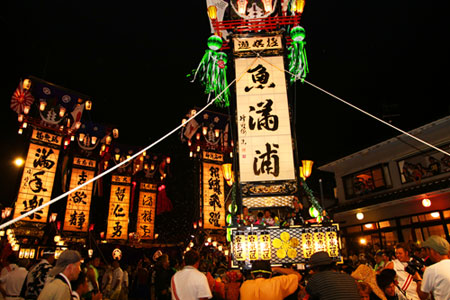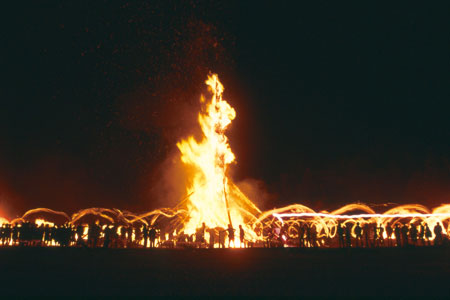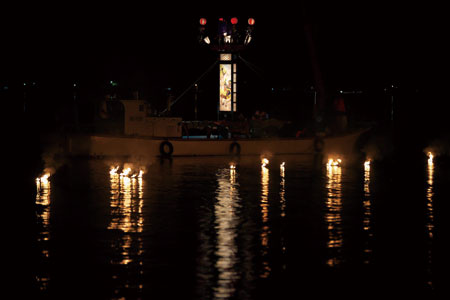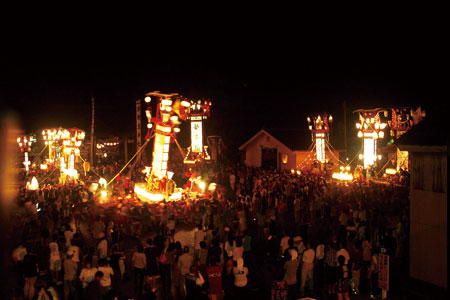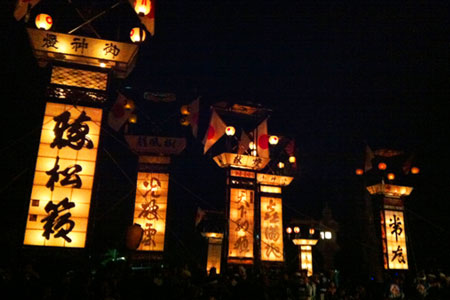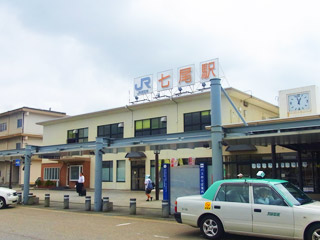Nakajima Town is known as a production area for oysters and Nakajima-na, a vegetable with a distinctive bitterness. It is also known for its Okuma-kabuto Festival, in which the deity of the shrine, called Sarutahiko, appears wearing a long-nosed-goblin mask. During your stay, you can learn about the history and culture of mountain villages. On the second day, visit the rows of historical shops and the museum in central Nanao.
Strolling around the Nanao City area
Learn about Nanao’s history and culture while strolling around the town.
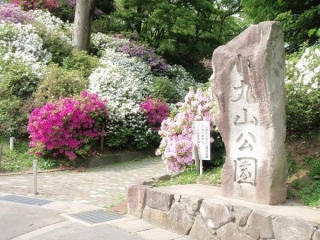
These are the ruins of the castle that was constructed on the hilltop by Toshiie Maeda, the first lord of the Kaga domain. The greenery in the garden alleviates the fatigue of visitors.
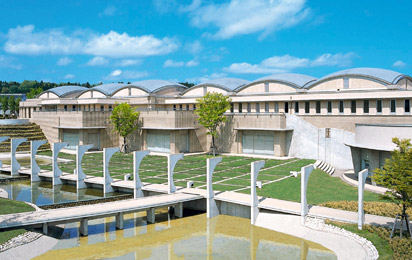
Art works related to Noto are on exhibit here. A video about Tohaku Hasegawa can be viewed in the high-vision area of the museum.

There is a promenade connecting 16 temples that were constructed for protection of the castle by Toshiie Maeda, the lord of the Kaga domain.

An old highway lined with about 50 shops. There are many hip-roofed buildings that create a nostalgic atmosphere. It is also interesting to listen to the storytellers’ stories.

Fresh seafood and the specialties of the Noto region are sold here. You can eat fresh fish and shellfish in the seafood grilling area.
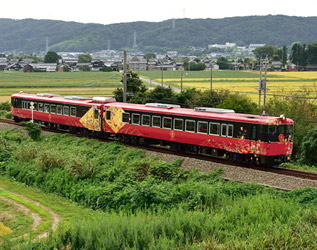
Suzu pottery and Wajima lacquerware can be viewed in the exhibition space on the train. Traditional performing arts are displayed in the train on Saturdays and Sundays.
Access from Tokyo
- Hokuriku Shinkansen (Kanazawa) ▶ JR Nanao Line (Nanao)
- Noto Satoyama Airport ▶ Furusato taxi ▶ Nanao Station

